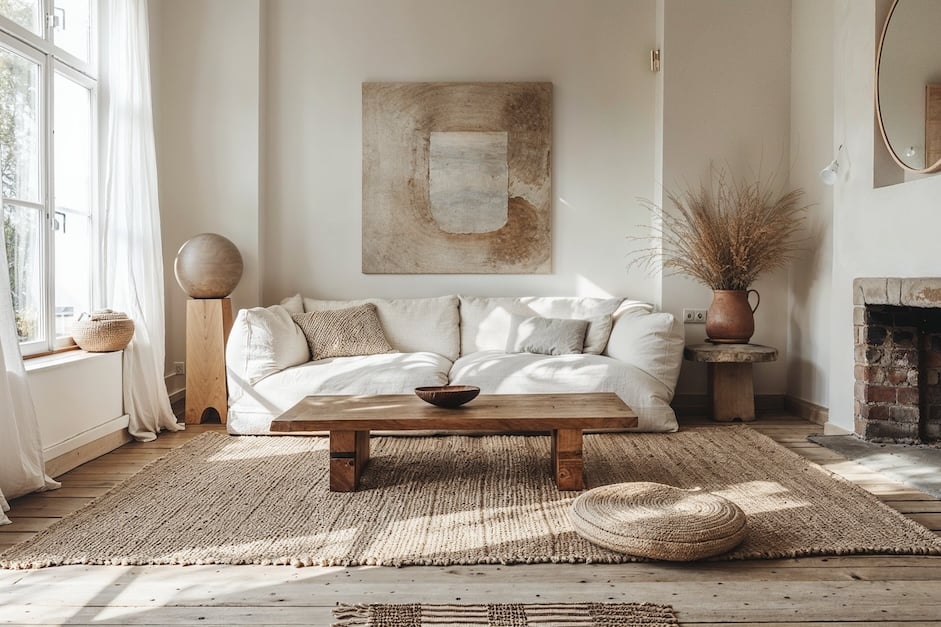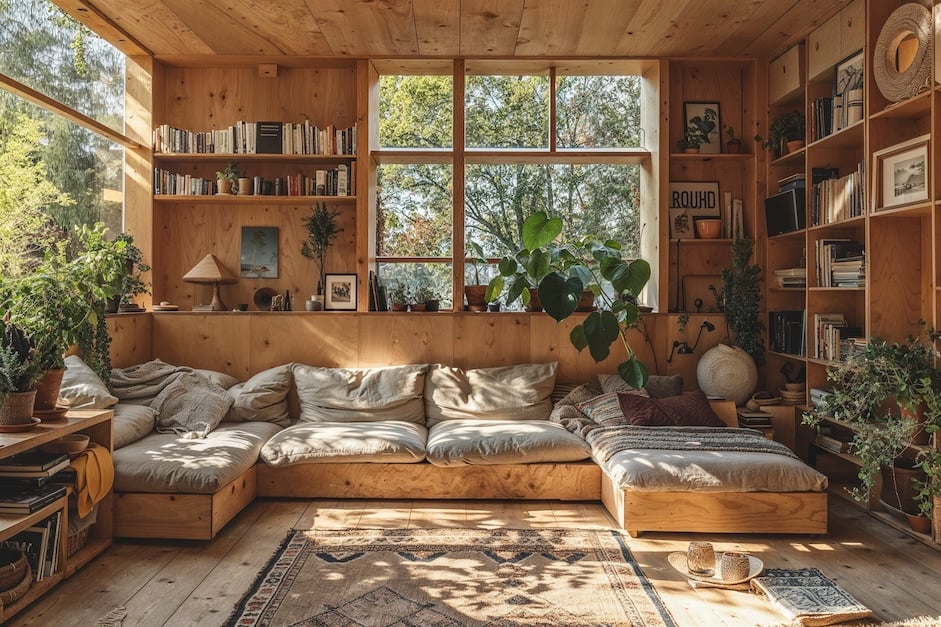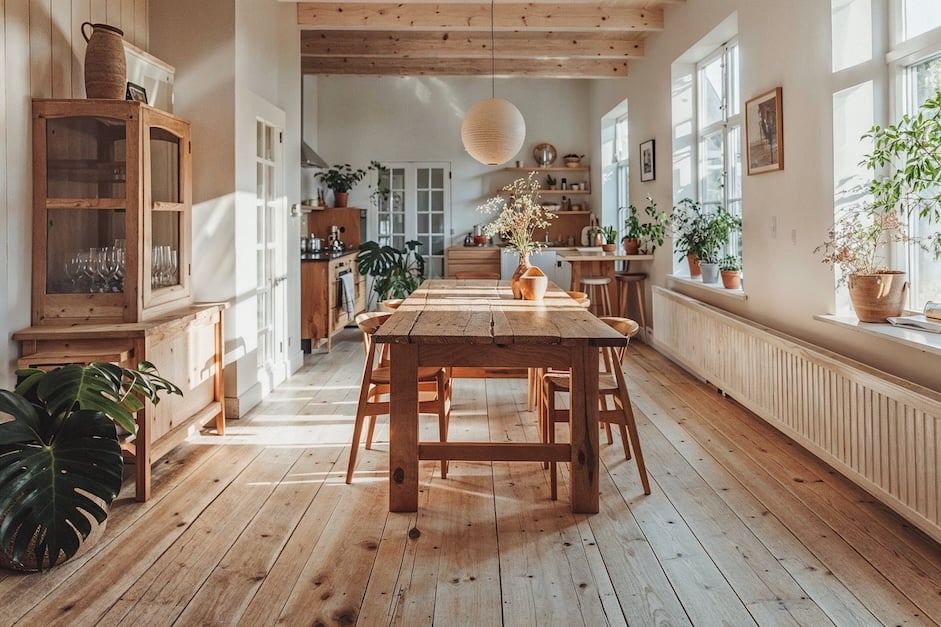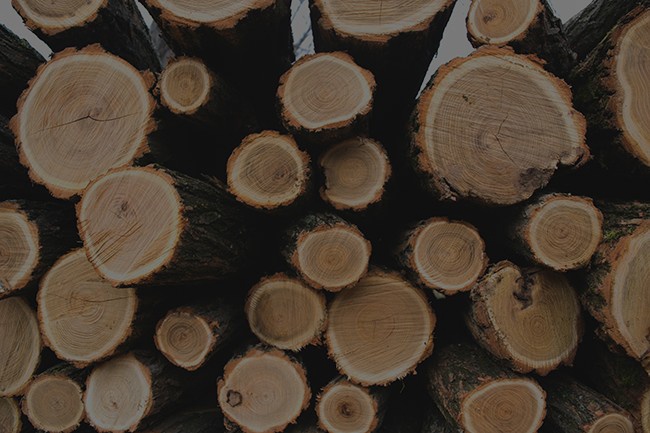Looking for plywood panels that last you a lifetime?
Picking the Right Plywood Grade
When it comes to selecting a plywood grade, think of it as selecting a fine wine – not all are created equal, and the best choice depends on the occasion (or project). The grade of plywood is a key indicator of the visual and quality aspects of both its front and back veneers. Choosing the right grade is essential for the durability of your project, with grades spanning from A (superior quality) to D (noticeable flaws).
Understanding the critical role that quality plays in your project, Plyco offers a wide range of raw plywood sheets designed to meet diverse project requirements. From rugged plywood D Grades to A Faces for interior applications, dive into Plyco's detailed guide on selecting a plywood grade here.

Know the Fire Rating
All Plyco’s plywood panels except those specifically manufactured are rated as Fire Rating Group 3 and meet Australian Standard 3837. Because when it comes to woodworking, the only thing you want burning is your passion.
Apply Sealants and Finishes for Protection
Applying high-quality sealants and finishes to your plywood is a crucial step in preserving your plywood’s longevity and appeal. These protective layers act as a shield against moisture, stains, wear, and the harmful effects of UV exposure, ensuring your plywood remains durable and retains its beauty over time. It’s like applying sunscreen; it might feel like a chore, but your future self will thank you.
It's important to pay attention to the edges of plywood, which are more porous and susceptible to absorbing moisture from the air. By sealing these vulnerable areas, you effectively safeguard your project from potential damage. For comprehensive guidance on the best practices in sealing and finishing your plywood, including the edges, see Plyco’s article on preparing Marine Plywood for exterior applications.

Storage and Handling
Store your plywood on a flat, dry surface with a cover sheet on top. Do not store plywood sheets on their edge as it may cause bowing. Avoid direct sunlight, wind, rain and humidity, all of which can affect the appearance of your plywood. Depending on the grade, species and thickness of your plywood, some bowing may occur due to weather variations.
Protect from Moisture
To safeguard your plywood from potential water damage, it's critical to take proactive measures against moisture exposure. This is true for all types of plywood, including Marine Plywood, where despite its enhanced resistance to water, prolonged contact with moisture can still affect its structural integrity. Adopting moisture-resistant practices is key to ensuring both the longevity and optimal performance of your plywood
Careful storage, handling, and regular maintenance to prevent water from compromising the plywood's condition can maintain the strength and appearance of your plywood and avoid the detrimental effects of moisture over time.
Prevent Scratches and Dents
To maintain the pristine condition of your plywood, it's essential to take preventive measures against scratches and dents. Employing protective strategies such as using furniture pads under heavy objects and handling them with care can significantly reduce the risk of surface damage. These steps not only preserve the aesthetic appeal of your plywood but also ensure its structural integrity remains uncompromised over time.

Regularly Inspect for Damage
Vigilance is the price of beauty. No matter the plywood grade, species or finish, regular inspections can prevent minor issues from becoming major headaches. Check for signs of wear, damage, and moisture, especially in hidden areas. For structural plywood, inspecting the board’s integrity consists of checking for unusual flexibility or sounds that might indicate internal damage.
Avoid Cleaning Chemicals
Maintaining the natural appeal of raw plywood requires careful handling and cleaning. Regularly dust the surface with a soft, dry cloth to prevent dust accumulation. For tougher dirt, a mildly damp cloth is effective, but ensure to immediately dry the area afterward to avoid moisture damage.
It's crucial to avoid harsh chemical cleaners that can strip away the plywood's natural beauty, instead choose mild, wood-specific cleaners that are designed to gently cleanse without harming the surface. We’ve covered some of these below.

Cleaning Instructions
Raw Plywood
For raw plywood products, such as Plyco’s Hoop Pine, European Birch and Radiata, the easiest method for cleaning marks and minor stains is to gently sand the surface with 180 grit sandpaper. Sand with the grain of the timber to avoid cross-grain scratches.
Laminated Plywood
Laminated Plywood (or film-faced plywood) are all products covered with coloured Phenolic film. The film face surface is best cleaned with a soft, damp cloth or microfibre tea towel. Gentle solvents and cleaning products can also be used for stubborn stains on the film face surface. Read our maintenance guide advice specifically for our Decoply range.
Water-Based Clear Finishes
To maintain the appearance of plywood panels with a clear finish, gently wipe them using a soft, damp cloth, steering clear of harsh chemicals and regular household cleaners that are formulated to dissolve grease and oil, as these can degrade the finish over time.
For surface scratches, a repair strategy that includes lightly sanding the affected area with fine-grit sandpaper in the direction of the wood grain and then re-coating can effectively restore the panel's appearance. It's important to remove all dust after sanding before applying a new coat of finish. Employ protective measures such as using mats or coasters to prevent scratches, and consider reapplying the finish periodically as recommended by the manufacturer to ensure the plywood remains protected and retains its aesthetic appeal.
Osmo/Livos Oils
Plywood surfaces treated with oil finishes, such as those from Osmo, offer water and dirt resistance but require ongoing maintenance tailored to how frequently they're used. For regular cleaning, it's advisable to use Osmo Spray Cleaner, a gentle, biodegradable solution derived from natural plant oils that avoids streaking and buildup while being skin-friendly and keeping the surface safe for food contact. Use as often as required.
It's crucial to steer clear of standard household cleaners or harsh chemicals, as these can break down the oil finish over time. When plywood appears faded or dull due to continuous use or improper care, rejuvenation may be needed, which could vary from weekly to monthly in commercial settings. Osmo’s Liquid Wax Cleaner Spray is typically sufficient for this, applied sparingly across the surface before buffing to refresh the finish.
For persistent stains, a fine white abrasive pad or fine-grade steel wool should be used, followed by a thin layer of wax spray and buffing. In cases of scratches or significant wear, professional sanding and reapplication of oil are recommended to restore the plywood's look and protection.

Painted Surfaces
-
Liming White: For cleaning plywood with a Liming White finish, use a soft, damp cloth for routine cleaning, steering clear of harsh chemicals to preserve the finish. If surface scratches occur, they can be addressed by lightly sanding the affected area and applying a fresh coat of finish.
-
Low Sheen: For Low Sheen finishes, the durable acrylic coating is designed to easily clean common marks, scuffs, and stains with a moist cloth, making maintenance straightforward and effective.
-
Painted White: Plywood with a Painted White finish should also be cleaned gently using a soft, damp cloth, avoiding abrasive cleaners that can damage the surface. Similar to Liming White finishes, any scratches can be remedied by lightly sanding the area and reapplying the coating to restore its original appearance.
Next Steps
Ultimately, the care and maintenance of plywood are about preserving its natural beauty and functionality for years to come. Whether it's the allure of raw plywood, the sleek look of film-faced surfaces, the organic feel of oil-treated plywood, or the bold statement of painted plywood, each type requires a specific approach to keep it looking its best.
For more detailed care instructions and innovative solutions to common plywood concerns, visit Plyco's blog at Plyco's Blog. Here, you'll find a community of like-minded individuals passionate about woodworking, offering insights, inspiration, and invaluable advice to help you make the most of your plywood projects.
Alternatively, reach out to our team and get started on your next woodworking project!


.svg)

.png)
.png)







